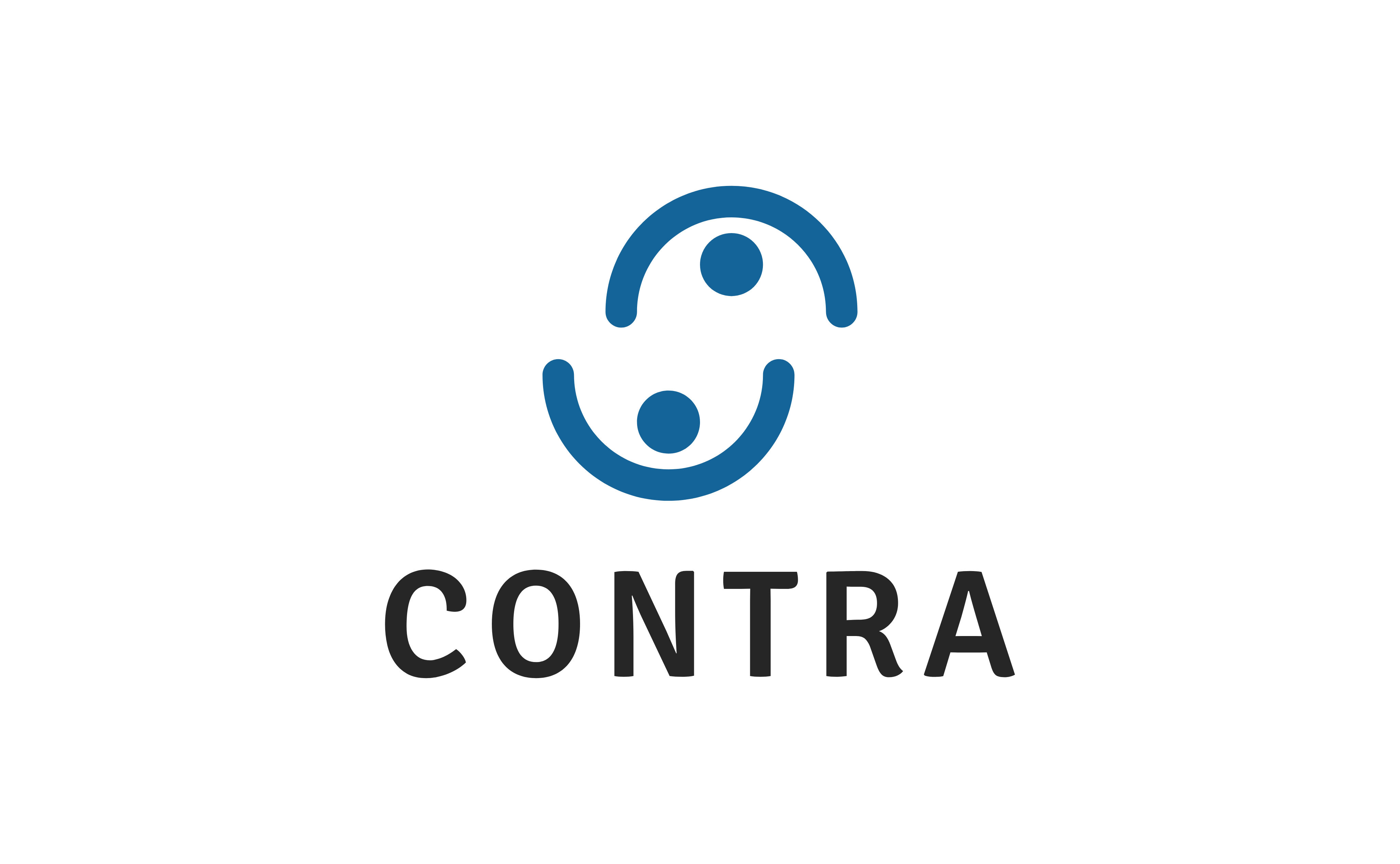
The world of trading is diverse, encompassing various strategies and methodologies. Two primary approaches dominate the scene: Algorithmic Trading and Discretionary Trading. While both have their place in the financial markets, understanding their differences, advantages, and disadvantages is crucial for traders and investors.
Algorithmic Trading: The Power of Automation
Algorithmic trading, also known as automated or quant trading, relies on computer algorithms to execute trades based on specified criteria. It’s driven by mathematical models and programmed instructions.
Advantages
- Speed and Efficiency: Algorithms can process vast amounts of data and execute trades much faster than humans.
- Emotionless Trading: Removes emotional biases, leading to more disciplined trading decisions.
- Backtesting: Traders can test strategies using historical data before risking real money.
Disadvantages
- Complexity: Requires significant knowledge in programming and quantitative analysis.
- Systemic Risk: Poorly designed algorithms can lead to significant losses or market disruptions.
- Over-Optimization: Excessive fine-tuning of strategies may not translate well in real-world trading conditions.
Discretionary Trading: The Human Element
Discretionary trading relies on human judgment for making trading decisions. Traders analyze market conditions, financial news, and other qualitative factors to guide their trades.
Advantages
- Flexibility: Ability to adapt quickly to market changes and unforeseen events.
- Intuition and Experience: Experienced traders can spot nuances and trends that algorithms might miss.
- Control: Traders have full control over their trading decisions and strategies.
Disadvantages
- Emotional Biases: Susceptible to psychological factors like fear and greed.
- Time-Consuming: Requires constant market monitoring and analysis.
- Inconsistency: Results can vary significantly due to the subjective nature of decision-making.
Statistical Insights
A study by the CFA Institute highlighted that algorithmic trading accounts for around 60-73% of all equity trading in the US (CFA Institute, 2018). Despite its growing popularity, the role of discretionary trading remains significant, especially in markets where human insight and flexibility are crucial.
Conclusion
Both algorithmic and discretionary trading have their merits and pitfalls. The choice between them depends on individual preferences, skills, risk tolerance, and market understanding. In the ever-evolving world of finance, the most successful traders often find a balance, leveraging the strengths of both approaches.
References
CFA Institute (2018). Report on the impact of algorithmic trading in the equity market.
Academic study comparing algorithmic and discretionary trading strategies.

Leave a Reply